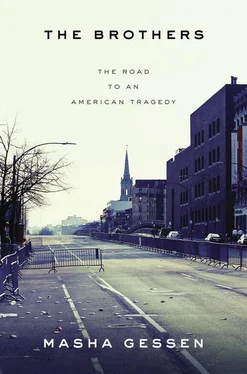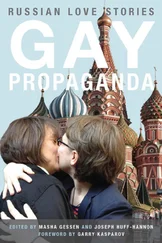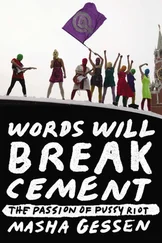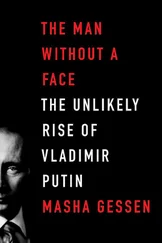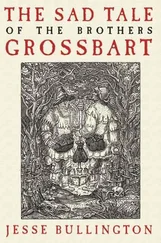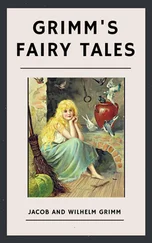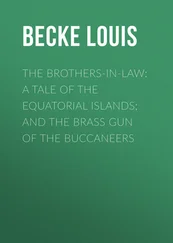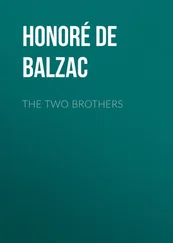School Number One was a school for families like the Tsarnaevs, those whose plans for their children extended far beyond the boundaries of their own universe. In 1999 the state educational authority granted the town’s oldest school the status of “gymnasium”—no one could be quite sure what that meant except that now it was officially the best school in Tokmok. Anzor and Zubeidat sold the old Tsarnaev family home in Sakhzavod and moved to the center of town to live near the best school. From the second-floor window of their apartment they could see the white two-story building with its Greek portico and decorative Doric columns, and a red flag protruding from the middle of the facade as though it had been stuck between the school’s eyes. There was a skimpy garden in front of the school, and this was where I found the principal, Lubov Shulzhenko, sitting on a bench beneath a dry little maple tree on a scorching morning in July 2014. She was a bleached-blond woman in her early sixties, very short and very overweight, and she had been running the school for twenty-five years. She wanted me to know what a good school it was. She wanted everyone to know. In her office, the walls were literally covered with citations. She made sure her students entered every competition, big and small, in everything from Russian spelling to rope-skipping, and she maintained a carefully curated rotating exposition of the citations, because even her impressively sized office walls could not hold them all.
She bragged about the graduates who had fulfilled their parents’ dreams, like a young man named Sergei who had won a mathematics scholarship and was now writing software for a German company. Inside the school, Sergei’s picture was one of a dozen in a display featuring the distinguished graduates of Pushkin Gymnasium School Number One. His accomplishment appeared more impressive than any of the others’, but the caption indicated he had graduated more than a decade earlier. Miracles do not happen very often. Most of the other graduates, including the distinguished ones, had stayed in Tokmok, doing what their parents did—working as clerks in the bloated town government or one of the other outposts of state power. And for the majority of graduates, the most useful skill they acquired at Pushkin Gymnasium School Number One was so-called professional training: woodworking for the boys and sewing for the girls.
• • •
ANZOR’S SIBLINGSwho had left Tokmok were living an entirely different life. Bishkek, where Maret, Ruslan, and Alvi were living, was less than an hour’s drive away, but it seemed a century closer to the Technicolor world of the video-screening salons. Bishkek has its own Chechen neighborhood on its own outskirts, called Lebedinovka, or Swan Village. It is as flat and dusty as Sakhzavod, though the houses and gardens, hidden from view by tall concrete fences, are often larger and better tended than those in Tokmok. Many of the families who live here have relatives in Tokmok, including the Tsarnaevs and the Tsokaevs; some grew up in Tokmok. As Muslims, they pray five times a day and hold the fast during Ramadan; as Chechens, they acknowledge that children are the property of the father’s side of the family, and some of the women do not sit at the table with the men; and yet, life in the capital has a perceptibly different quality from life in the provinces, however close they may be.
Ruslan was studying law at the university. Almost every night he stopped at the house of Badrudi Tsokaev’s niece Madina—rather, the house of her husband’s parents—and stayed until three in the morning. Incredibly, Madina’s mother-in-law, the head of that household, had no objections to a mixed-gender young crowd that talked endlessly and finished just about every night by dancing the Lezghinka, a fast, even frantic dance traditional to many of the cultures of the Caucasus.
Then something truly incredible happened. Maret, who was now a judge, came to see an old classmate, Badrudi Tsokaev’s sister Yakha, at work. Yakha was a saleswoman at a small grocery store, and one could always stop by for a chat. Maret said she wanted to get married to a man who was “mixed.” Yakha thought this meant he was only half Chechen and assured her friend that if he was Chechen on his father’s side, the marriage would be accepted. But Maret was simply easing her friend into the news. There was nothing “mixed,” and nothing Chechen, about her fiancé: he was a Canadian. When she left for Canada with him, she did not even go to say good-bye to her old friends.
Ruslan graduated and got a job with PricewaterhouseCoopers, the giant American consultancy, which was running a large-scale privatization program funded by the U.S. State Department. Then he started dating a young woman who worked there with him—an American woman, not a Chechen-American but a real, blond American named Samantha, who wore trousers, collected swords, was thoroughly used to getting her way, and had a father who had worked for the CIA. Then Ruslan moved in with her. Among the Chechens of Lebedinovka, a rumor began to spread that Ruslan was setting things up for a fake marriage so he could move to the United States. But the rumor did not stick: the impending marriage was in fact scandalously real. Ruslan and Samantha married in a Muslim ceremony and in 1996 moved to the United States, where Ruslan planned to go to law school—word at Lebedinovka was that he would be going to Harvard, though in fact he would eventually be accepted at Duke University Law School.
And then Alvi went to the United States. He did not have a law degree or an American spouse—he was making money as a handyman and his wife was very much Chechen, and living in Kyrgyzstan—but he got a tourist visa and took off. By this time the entire Tsarnaev clan agreed: the future was in the United States—and the United States was within reach. Anzor and Zubeidat told all their friends that they were moving to America. They said it was the only place their children could get the education they deserved. In preparation, both Anzor and Zubeidat would obtain college degrees in law, as Ruslan and Maret had done.
• • •
MEDIA ACCOUNTSof the Tsarnaev story generally state as fact that Anzor worked at the prosecutor’s office in Kyrgyzstan—this was apparently what he consistently said after the family moved to the United States. Even the FBI investigators seem never to have questioned this claim. Some accounts add that at a certain point, as the political situation in Kyrgyzstan deteriorated, Anzor, as a Chechen, could no longer work in law enforcement. In fact, while it is true that Kyrgyzstan has seen extreme ethnic tensions and violence in the past twenty years, most of it has been directed at the large ethnic Uzbek minority; the tiny Chechen minority has not been affected—that is, it has not been marginalized further than it was before the collapse of the Soviet Union. Friends do recall that a few years after Anzor and Zubeidat began studying law, Anzor started showing off an employee ID issued by the Pervomaysky District Prosecutor’s Office in Bishkek. There is, however, no record of anyone named Anzor Tsarnaev ever having worked for the Pervomaysky or any other prosecutor’s office in Bishkek.
“He had a friend who worked at the Pervomaysky Prosecutor’s Office,” explained Badrudi. “He fixed Anzor up with an ID. It made talking to the cops a lot easier.” In other words, it was a fake ID. There was a fake uniform that went with it; no one remembers seeing Anzor actually wearing it, but he was photographed in it at least once. It is true, though, that Anzor got a new job in the late 1990s: he went to work for his older cousin Jamal.
My first meeting with Jamal Tsarnaev was set to take place at Grozny airport, a crowded and disorienting place. “How will I recognize you?” I asked him over the phone. “Oh, you’ll recognize me,” he responded. Then he paused and added, “You’ll know me by my hairdo.” Jamal turned out to have a perfectly naked, blindingly shiny skull. On the right side of his head there was a depressed patch about an inch and a half square—and it was almost perfectly square, with four round marks at the corners, where screws had been removed. As we settled in at a café for the interview, I asked Jamal what he did for work.
Читать дальше
